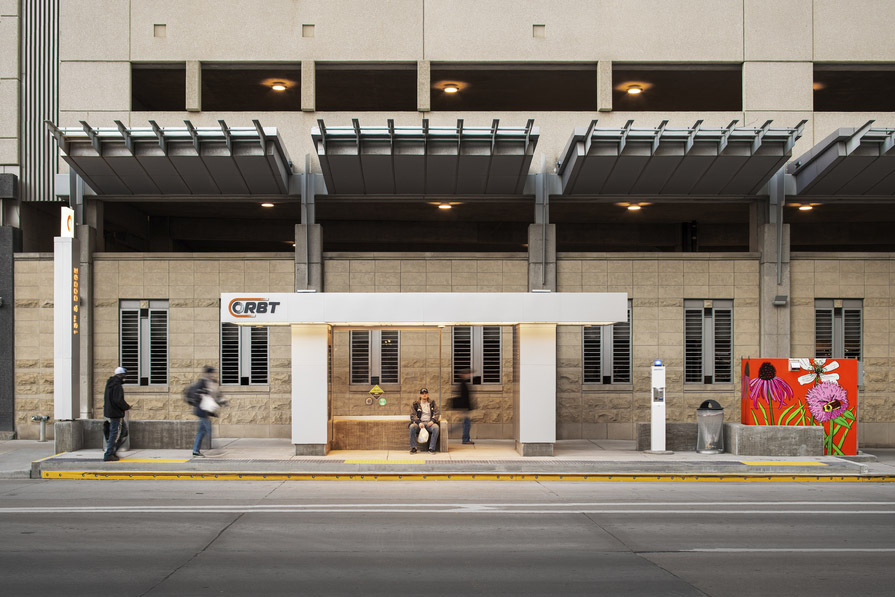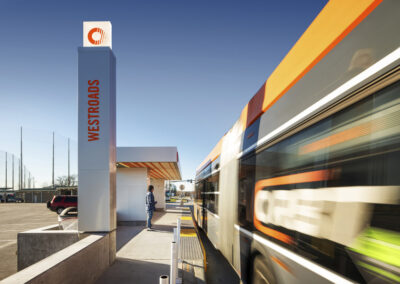Recent Articles
Nic Johnsen leads Fire Protection Engineering
Johnsen’s holistic approach adds value through performance-based design, informed by contracting and risk-management experience.
Steven Andersen promoted to National Laboratory Specialist
The new position establishes a national resource for all LEO A DALY studios and markets to offer best-in-class laboratory design
Ed Benes, PE, named President and Deputy CEO
Benes will work closely with Leo A. Daly III, the firm’s third-generation owner and CEO, to shape the future of LEO A DALY
Minnesota Army National Guard Division Headquarters wins SAME Grand Design Award
Recognized as one of the best works of federal architecture built this decade, the LEO A DALY-designed facility reimagines the National Guard readiness center for a new era of warfighting, peacekeeping and emergency response missions
LEO A DALY transforms Capitol Hill office building into mixed-use development
The $200 million project will add three stories, a new skin and a vibrant mix of uses to a former government building
Omaha transit stations awarded ‘Outstanding Achievement’ for concrete design
The American Concrete Institute’s Nebraska chapter recognized Omaha Rapid Bus Transit (ORBT) stations for outstanding concrete design

LEO A DALY’s design for Omaha Rapid Bus Transit’s 24 stations has received the Outstanding Achievement Award from the Nebraska chapter of the American Concrete Institute. The award was presented during a virtual awards banquet April 22. LEO A DALY led structural engineering as well as architecture, technology design, and electrical and mechanical engineering.
Stations for Metro Transit’s Omaha Rapid Bus Transit (ORBT) system used concrete for foundations, station platforms, piers and pilasters. The material was selected to achieve multiple design goals in 24 unique of configurations while achieving a premium, easily recognizable brand appearance.
LEO A DALY’s structural engineers calculated specific properties to ensure a high aesthetic value as well as user-friendliness and durability — all while meeting challenges unique to each of the station’s 24 sites. For example, pier heights at each station vary according to the slope of the ground, and foundation design minimized impacts to underground utilities. Engineers also specified concrete characteristics that facilitate rapid constructability to minimize road closures during construction.
Thoughtful concrete design and specification helped ORBT transit stations achieve their signature brand appearance to aid in wayfinding and usability. At the same time, it enhanced transit-user experiences and the longevity of infrastructure at each station.


